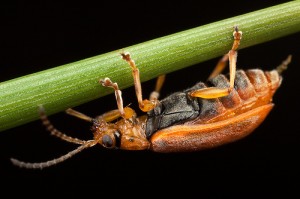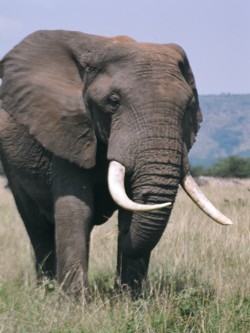What is powerful enough to spark a decade long health care crisis, create epidemics of fear and guilt, bring about the resurrection of a nearly eradicated deadly disease and globally motivate parents to boycott vaccinating their children?

Source: telegraph.co.uk
The answer: the power of the press.
Last month the aftermath of a huge scandal in medicine finally came to a conclusion when the British Medical Journal published two articles (here and here) in response to the scandal surrounding the measles, mumps and rubella (MMR) vaccine.
The scientific article responsible for the onset of all the panic was written by Dr Andrew Wakefield in 1998 and focused on a group of 12 anonymous participants that reportedly presented with autism after receiving the MMR vaccine. The article was backed by a press conference and a video-news release to support the findings that the MMR vaccine was linked with causing childhood autism. The press storm that followed attacked the MMR vaccine and warned parents to keep their children away. This led to a collapse of public confidence in the vaccine that prior to the article had been given almost universally to children, and had almost eradicated measles and mumps.
In the UK and the US vaccine rates decreased below those needed to keep measles and mumps at bay and children began to present with cases of measles. In the US a ferocious anti-vaccine movement gained ground after Wakefield appeared on the CBS program 60 Minutes in November 2000. All vaccines became suspect in the public eye, either due to their content or the increased rate at which they were being given to children. Despite the results of Wakefield’s original study never being replicated, the public was for the most part convinced by the media that the MMR vaccine led to autism.
While most journalists were interviewing scared and irate parents over the vaccine, Brian Deer in the UK set out the investigate Wakefield and his results. In doing so Deer unearthed one of the largest scandals the medical community has seen in decades. You can read an account of all the details here, but the bottom line is that the public vaccine crisis had zero scientific basis and Wakefield was motivated not by scientific inquiry but a corrupt payroll.
In 2010 Wakefield was discredited and his medical license was removed, however public opinion is still clouded about the MMR vaccine and autism link. It just goes to show how powerful the press can be in lending tinder to the fire of public outcry and how carefully the public should scrutinize what is presented to them in the media without apparent evidence or fact.
What is powerful enough to spark a decade long health care crisis, epidemics of fear and guilt and globally motivate parents to boycott vaccinating for their children? The answer: the power of the press.

Source: telegraph.co.uk
Last month the aftermath of a huge scandal in medicine finally came to a conclusion when the British Medical Journal published two articles (here and here) in response to the scandal surrounding the measles, mumps and rubella (MMR) vaccine.
The scientific article responsible for the onset of all the panic was written by Dr Andrew Wakefield in 1998 and focused on a group of 12 anonymous participants that presented with autism after receiving the MMR vaccine. The article was backed by a press conference and a video-news release to support the findings that the MMR vaccine was linked with causing autism. The press storm that followed attacked the vaccine and warned parents to keep their children away. This led to a collapse of public confidence in the vaccine that prior to the article had been given almost universally to children and had almost eradicated measles and mumps.
In the UK and the US vaccine rates decreased below those needed to keep measles and mumps at bay. In the US a ferocious anti-vaccine movement gained ground after Wakefield appeared on the CBS program 60 Minutes in November 2000. All vaccines became suspect in the public eye, either due to their content or the increased rate at which they were being given to children.








